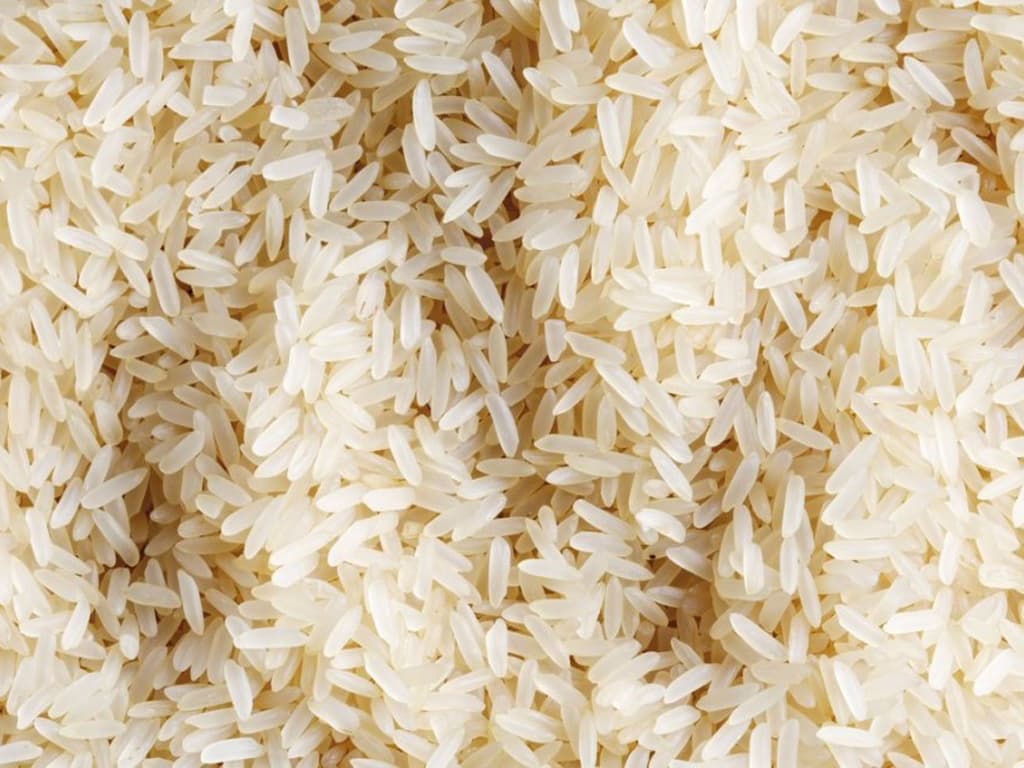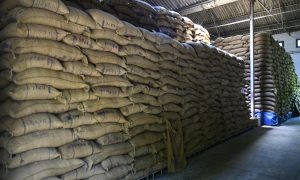Rice farmers strike gold thanks to hardy variety

India banned rice exports in July 2023 to control domestic prices, after shipping out 22.2 million tonnes in 2022. Major rice-producing states include Punjab, Chhattisgarh, and Odisha. Key importers of Indian rice include Malaysia, Singapore, and Middle Eastern countries like Djibouti, Qatar, and Iraq. The export ban aims to ensure food security and stabilize prices in the domestic market. India is the world’s largest rice exporter, accounting for over 30% of global rice shipments.
As the sun rises and sets over the lush green and brown fields strewn across the Bura Irrigation Scheme, rice farmers guess that their labours are bathed in rays of hope. The rice crop variety that thrives here is Komboka.
John Macharia, 63, is one of the Komboka rice farmers in these expansive plains. His farm is 18 acres. He’s subdivided it three times into four, six and eight acres. When the first two are being harvested, planting is going on in the third one.
Macharia delved into rice farming in Bura, Tana River county, in 2016. His first choice was the Pishori variety. It failed to bloom. “At that time, we didn’t know about Komboka,” he says. “Pishori would shoot up and after some time, flatten out.”
In 2019-20, the Kenya Agricultural, Livestock and Research Organisation (Kalro), introduced Macharia to Komboka during trials of some rice varieties held in one of the villages in the scheme. Farmers were invited to assess which kind thrived most.
Komboka carried the day. “I tried it out in my nursery,” Macharia says. “I transplanted it in a paddy. I saw the result. I concluded that it was ideal for Bura.”
Following the successful trials, a handful of farmers with less than a combined total of 200 acres dived into the venture. Macharia and other farmers were attracted to the crop due to its high yield and demand.
The acreage of Komboka blossomed in 2021 to hit 1,500. Since then, more farmers have been enticed to cultivate the crop.
Currently, about 3,500 acres are reserved for this rice, being grown by around 2,000 farmers. Since the financial returns are attractive, “We anticipate to grow about 6,000 acres this season,” Macharia says.
In the rice farms, most labour is required during planting and weeding after a rotovator is used in land preparation. Once water has been pumped in, four or five labourers level the paddy. Planting engages about 12 people. Each one is paid Sh1,000. Almost Sh70,000 is consumed as farm input. “The returns may be as much as Sh250,000,” Macharia says.
He reaps 40-45 bags from one and a half acres. It takes four months to harvest the crop. A combine harvester does the job.
Source Link : https://www.the-star.co.ke/news/big-read/2024-07-17-rice-farmers-strike-gold-thanks-to-hardy-variety/














